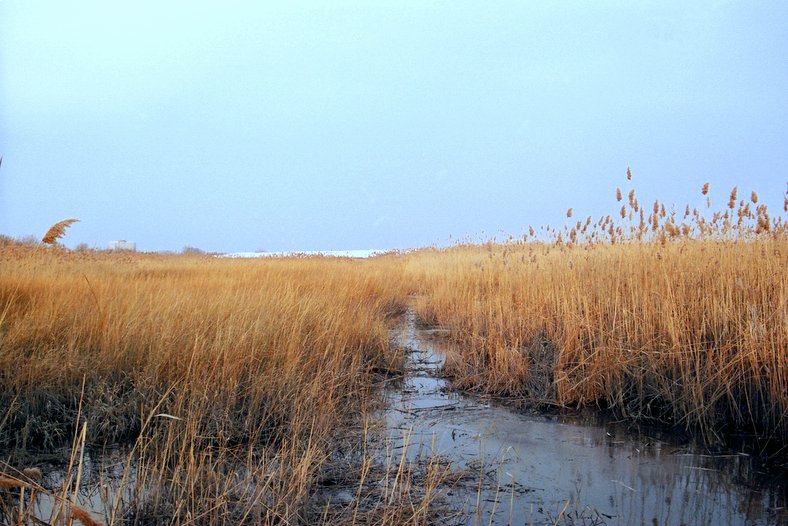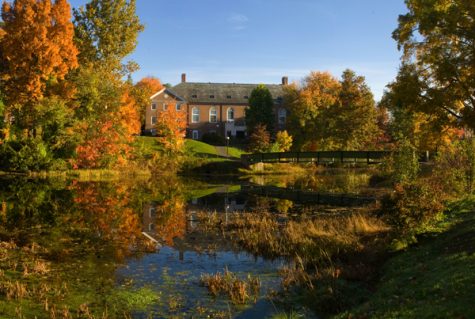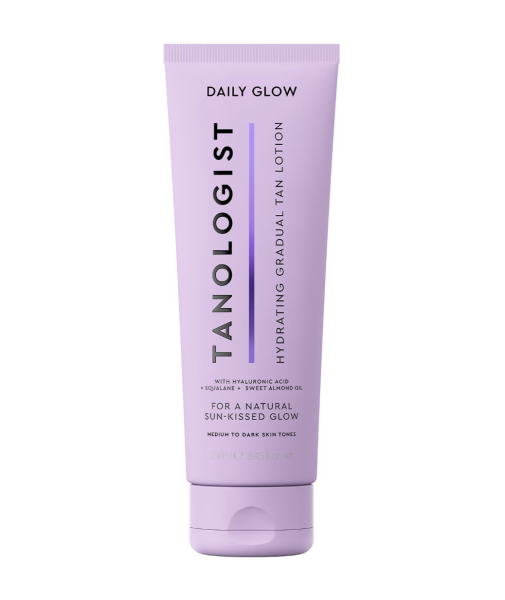Supreme Court Decision Puts Wetlands Under Threat
Environmental activists are sounding the alarm after a recent Supreme Court ruling limited the federal government’s authority to protect wetlands.
On Thursday, May 25, the U.S. Supreme Court ruled 5-4 in a case known as Sackett vs. EPA that federal protection of wetlands only encompasses those wetlands directly adjoining rivers, lakes, and other bodies of water, according to PBS News.
This decision drastically alters the existing interpretation of the Clean Water Act, a landmark law protecting wetlands and other bodies of water, and could leave thousands of wetland areas across the United States at risk of devastation in coming years.
Disputes over the interpretation of water quality regulations all began when Michael and Chantell Sackett, an Idaho couple, purchased a large plot of land on which to build a home overlooking Priest Lake, the sixth-largest lake in Idaho. In order to meet the needs of the Sacketts’ home designs, builders had to backfill the wetlands on the Sackett property and later build on these natural lands.
The presence of these wetlands, however, made such plans a violation of the Clean Water Act, an infringement that can hold serious civil and criminal penalties.
After being cited for a violation of the Clean Water Act as a result of their building plans in 2008, the Sacketts filed a lawsuit against the Environmental Protection Agency. The couple claimed the regulations detailed in the Clean Water Act did not apply to the wetland areas in question.
This decision comes as one of the first major objections to the Clean Water Act, a federal law passed in 1972 governing standards for water quality. Serving as one of the most important pieces of environmental legislation for decades since its passing, the law outlines guidelines for preventing pollution in waterways and expands the federal government’s power in taking steps to protect bodies of water.
Since the Supreme Court’s ruling siding with the Sackett family and against EPA regulations, many conservationists and environmental activists alike have decried the decision, calling it a threat to vital wetland ecosystems across the United States.
“Tens of millions of acres of wetlands that are currently protecting communities from flooding and helping to make sure that their drinking water [is] cleaner, [will] be at risk of being … polluted without any kind of environmental review beforehand,” explained Jon Devine, director of water policy for the Natural Resources Defense Council.
Like Devine, Lydia Wegman, a lawyer and former Director of Air Quality Planning & Standards for the EPA, sees the Supreme Court’s decision as a major threat to wetland ecosystems.
“The decision severely limits the EPA’s ability to regulate wetlands in the United States,” Wegman told The Willistonian. “This ruling could affect more than half of the nation’s wetlands—if you live in an area with wetlands but the wetlands are not directly connected to a continuously flowing water body like a river or an ocean or even a stream, then those wetlands are no longer protected by the Clean Water Act.”
While the Court’s decision has received major criticism from those who say it could threaten vital ecosystems, some have also applauded the ruling for expanding the rights of citizens, especially farmers and ranchers.
The New York Farm Bureau, the largest coalition of farmers in New York, was among those in support of the ruling. Members of the Bureau believe previous interpretations of the Clean Water Act limited the freedom of farmers and see the recent ruling as helping to mitigate the Act’s effects.
“We applaud the Supreme Court decision in Sackett vs. EPA to rein in extreme government overreach and the unlawful expansion of the Clean Water Act,” David Fisher, the Farm Bureau’s president, said in a statement. “New York Farm Bureau continues to call for reasonable regulations that clearly define Waters of the U.S … and remove any subjective review of farmland by federal regulators that would reduce delays in time-sensitive farm work,” Fisher went on to say.
The arguments made by the majority in the court decision followed a similar logic, with Justice Samuel Alito, who drafted the majority opinion, claiming that the Clean Water Act’s interpretation of “bodies of water” is confusingly vague.
Alito declared that “waters of the United States,” the language used in the Clean Water Act, includes only permanent, flowing bodies of water like streams, oceans, and lakes, and that most wetlands are not protected under the legislation.
In recent days, conservation experts have called on local and state politicians to take it upon themselves to preserve wetland areas, as the ruling will limit the federal government’s authority to do so.
Among these voices is Wegman, who believes states must now take firmer stances to protect their natural ecosystems, just as some states strengthened laws protecting abortion following the Supreme Court’s overturning of Roe v. Wade in 2022.
“It’s not unlike abortion rights, as the job is going to fall on the states to determine how much protection they want,” Wegman said. “States could continue to interpret ‘adjacent’ to mean not directly next to but feeding into a wetland, or they can [adopt] the much more narrow interpretations of the court. It’s really going to be on a state-by basis going forward.”
Wegman has concerns that the ruling could be excessively utilized by building developers across the country, who can now more easily build in wetland areas.
“There’s a high likelihood that some developers, as well as individual homeowners, will now seek to develop land that they were previously unable to because of regulations,” Wegman told the Willistonian. “But again it will depend on how protected the states think a wetland should be.”
Among those who criticized the Court’s decision siding with Sackett was President Biden, who has expressed commitment to wilderness preservation since taking office in 2021.
“The Supreme Court’s disappointing decision in Sackett v. EPA will take our country backwards,” the President said in a press statement. “It puts our Nation’s wetlands … at risk of pollution and destruction, jeopardizing the sources of clean water that millions of American families, farmers, and businesses rely on.”
Now that the decision could have major environmental implications, the Biden Administration may take steps to mitigate the threats posed to wetlands, while also possibly imploring Congress to take legal action.
“I think they are considering what, if anything, they can do at this point, and It’s also something that in theory Congress could address,” Wegman said of the Biden Administration.
This is not the first time that the majority-conservative Supreme Court has attempted to limit the authority of administrative bodies to enforce environmental regulations. In June 2022, the Supreme Court similarly issued a ruling stating that the EPA cannot put caps on carbon emissions from power plants, rolling back nearly five decades of environmental precedent in the process.
Some critics of the Court’s stance on environmental issues see this most recent ruling as part of a larger attempt to limit the government’s ability to respond to environmental issues, among them air and water pollution.
“Even though this particular decision is about wetlands, when you consider it in the context of the other decisions made about air and water quality, this is really about limiting the authority of administrative agencies,” Wegman said. “And it seems that they are taking it unto themselves to be that authority when they in fact do not have much expertise. This [ruling] is just another piece of that puzzle.”
Olin Rose-Bardawil is a senior from Northampton, MA who has written for the Willistonian since 2021 and has served as its editor-in-chief since 2023. In...












